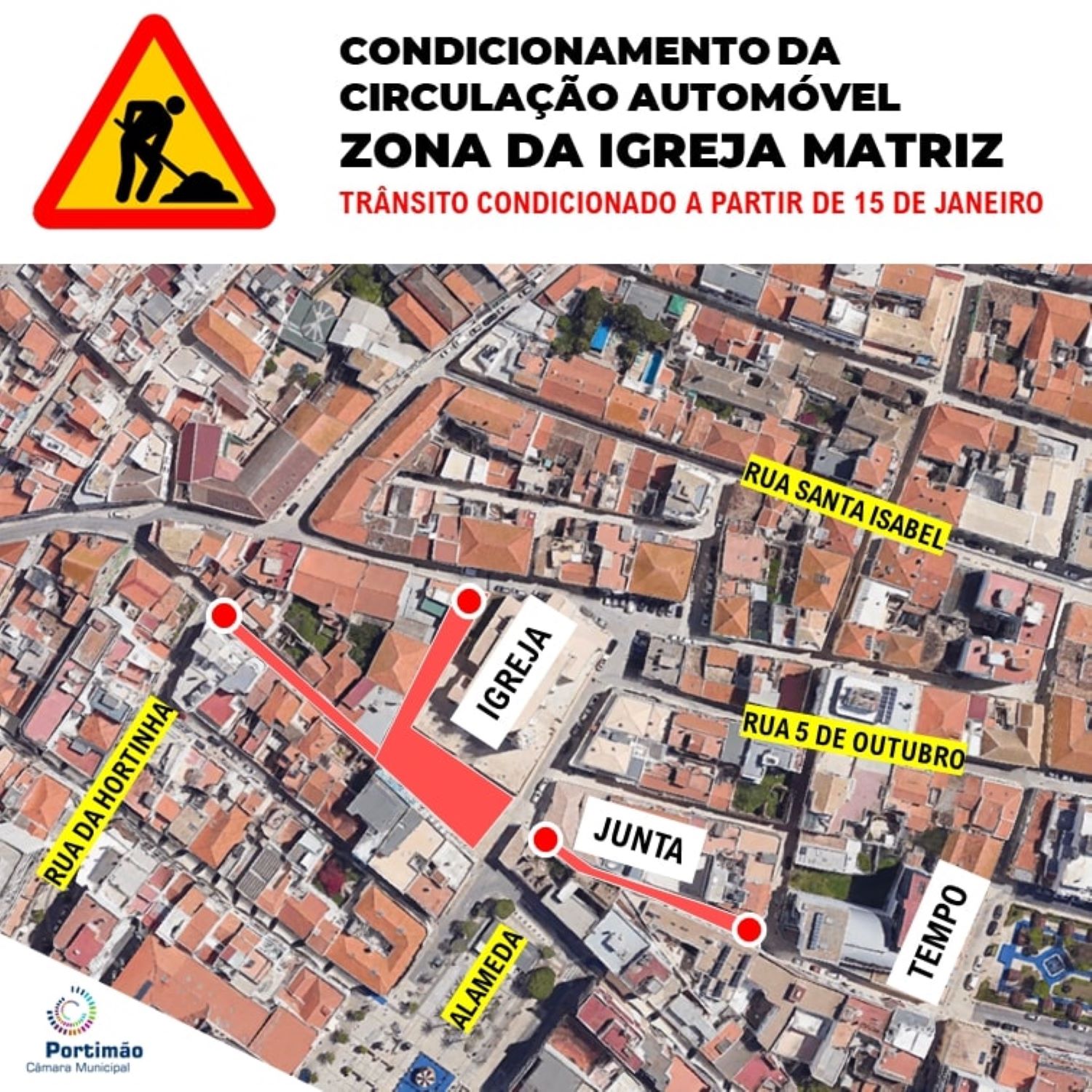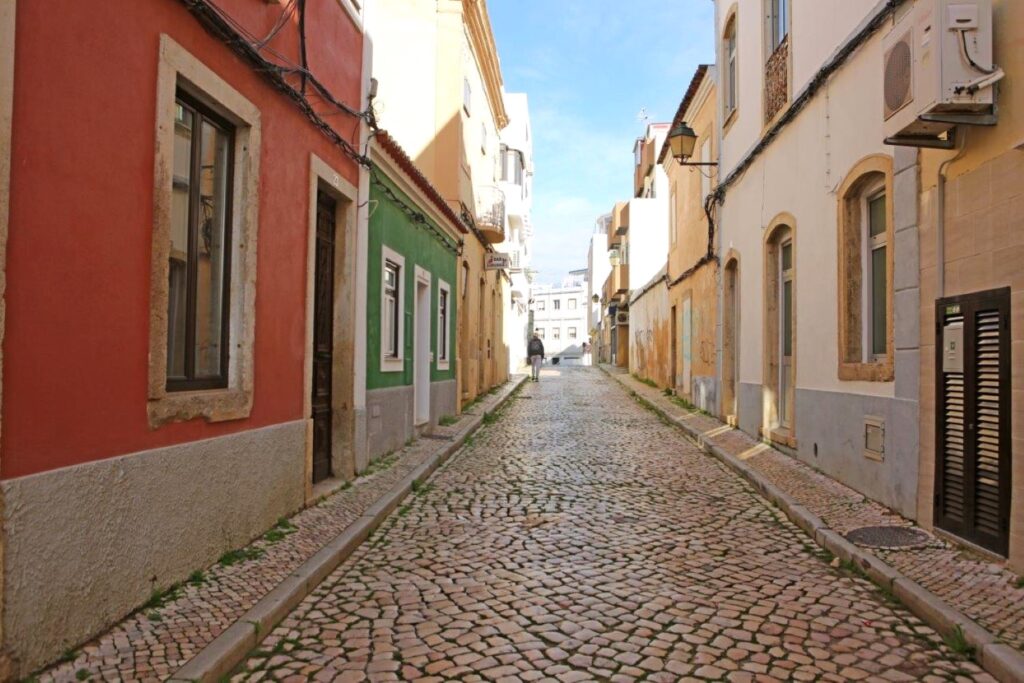The Largo da Igreja Matriz da Nossa Senhora da Conceição, in Portimão, will be reclassified at the level of flooring, basic sanitation and water supply, for a total investment of 1.178.096,90 euros.
The work, under the responsibility of the City Council, will advance in the year in which Portimão marks the first centenary of its elevation to the category of city.
The contract, assigned to the company Consdep S.A. – Engenharia e Construção, has a stipulated execution period of 300 days and begins with archaeological work to diagnose and minimize possible impacts, «since it will intervene in a historically very sensitive area, which is important to safeguard and protect", highlights the municipality.

This project to rehabilitate the surroundings of the Main Church of Portimão, promoted by the Municipality, is located «in an area of archaeological sensitivity, integrating possible traces of the occupation of this space during the Roman, modern and contemporary periods, as well as a section of the late wall. medieval town of Vila Nova de Portimão, classified as a Property of Public Interest, whose conservation status and layout in this specific location is still unknown».
The municipality also states that «it is also worth highlighting the particularity of this section of the old wall being marked, through a different pavement, in order to stand out as an important testimony to Portimão's past».
From January 15th, and while the work continues, road traffic on the surrounding arteries will be restricted, and motorists must respect the signage that will regulate the area covered.
The construction of the Main Church is due to D. Gonçalo Vaz de Castelo Branco, owner of the Farm of D. Afonso V, invested by that monarch in 1476 as the first grantee of the town of Portimão, who was tasked with carrying out the continuation of the fortification of the locality, whose construction had begun the previous year, by royal order.
The walled area was more than six hectares and defined an irregular polygon, in “saw teeth”, which followed the river bank and encompassed the highest part of the village, where the church was located.






















Comments